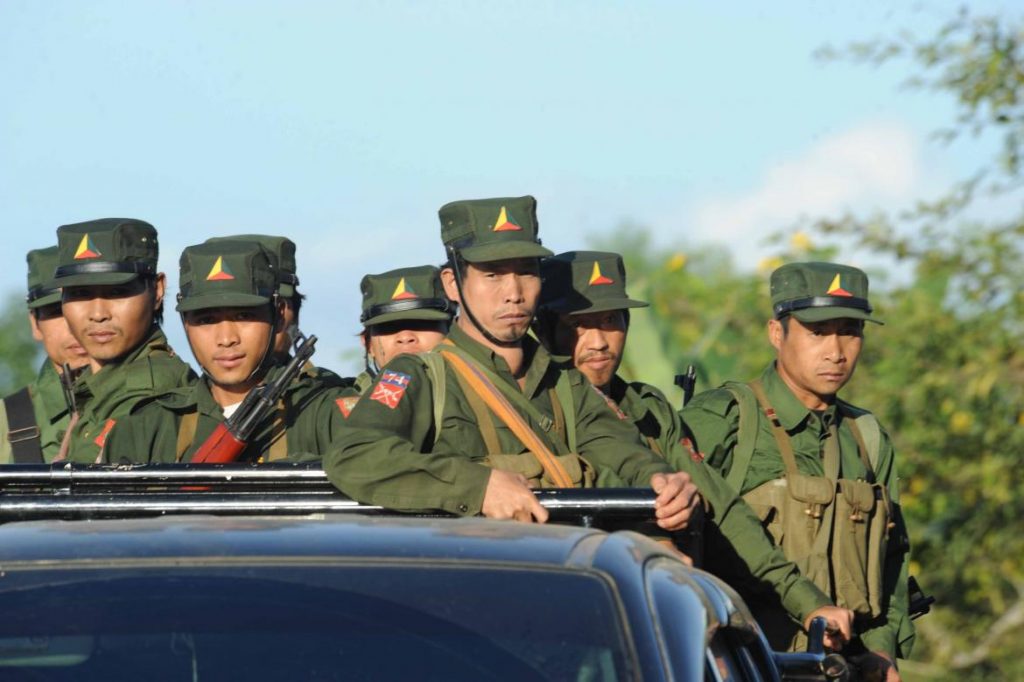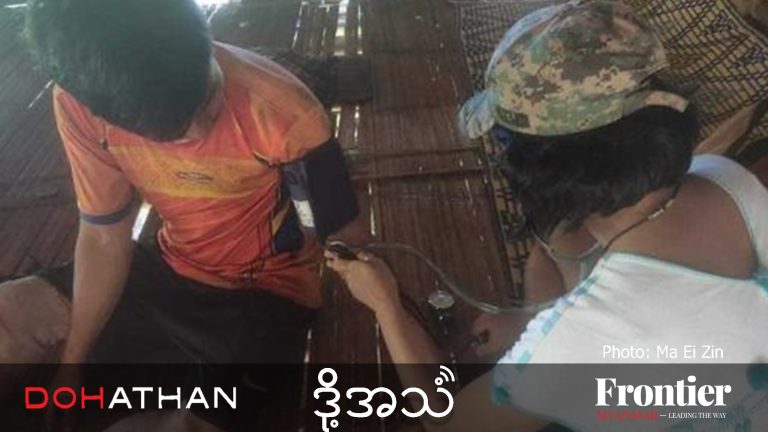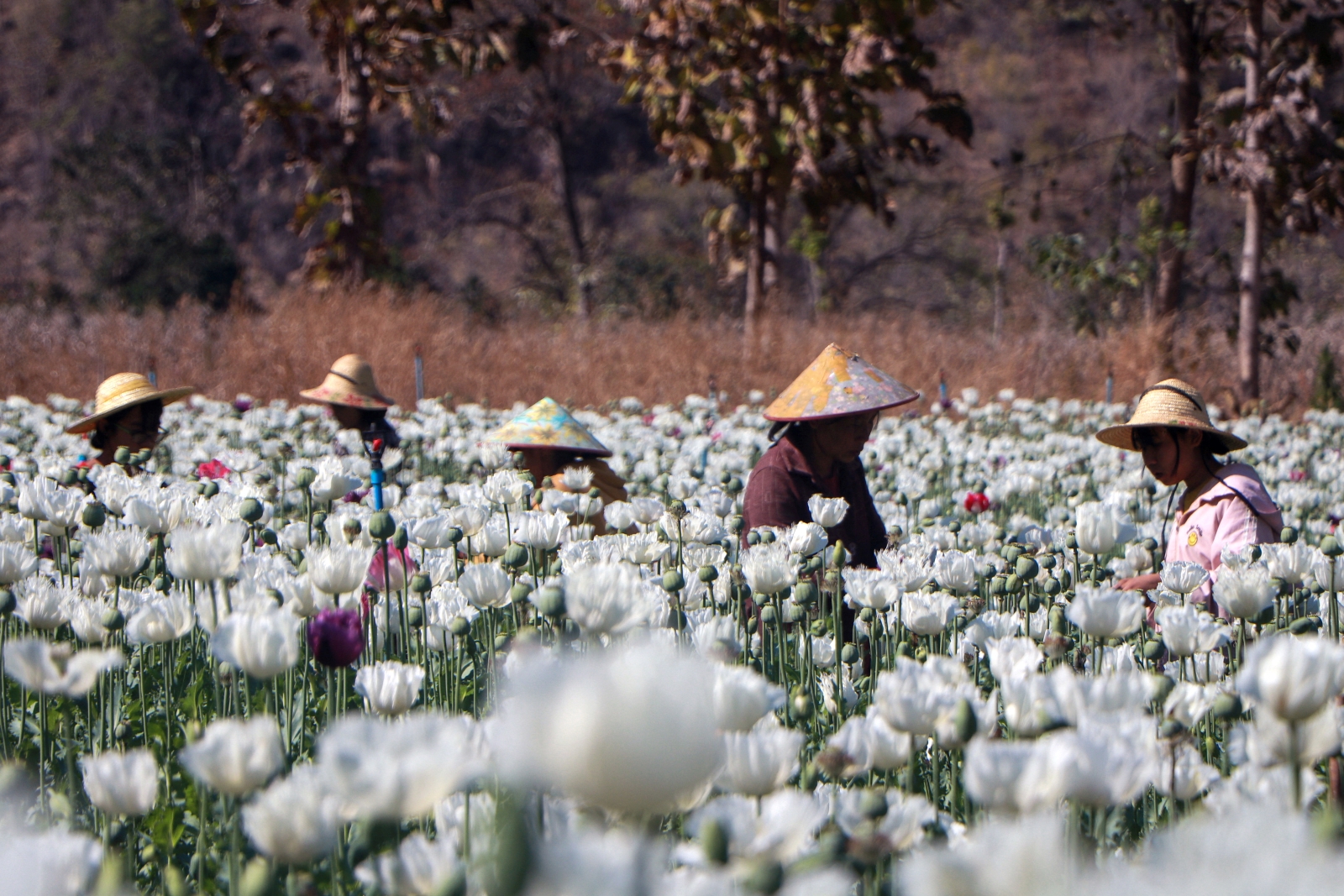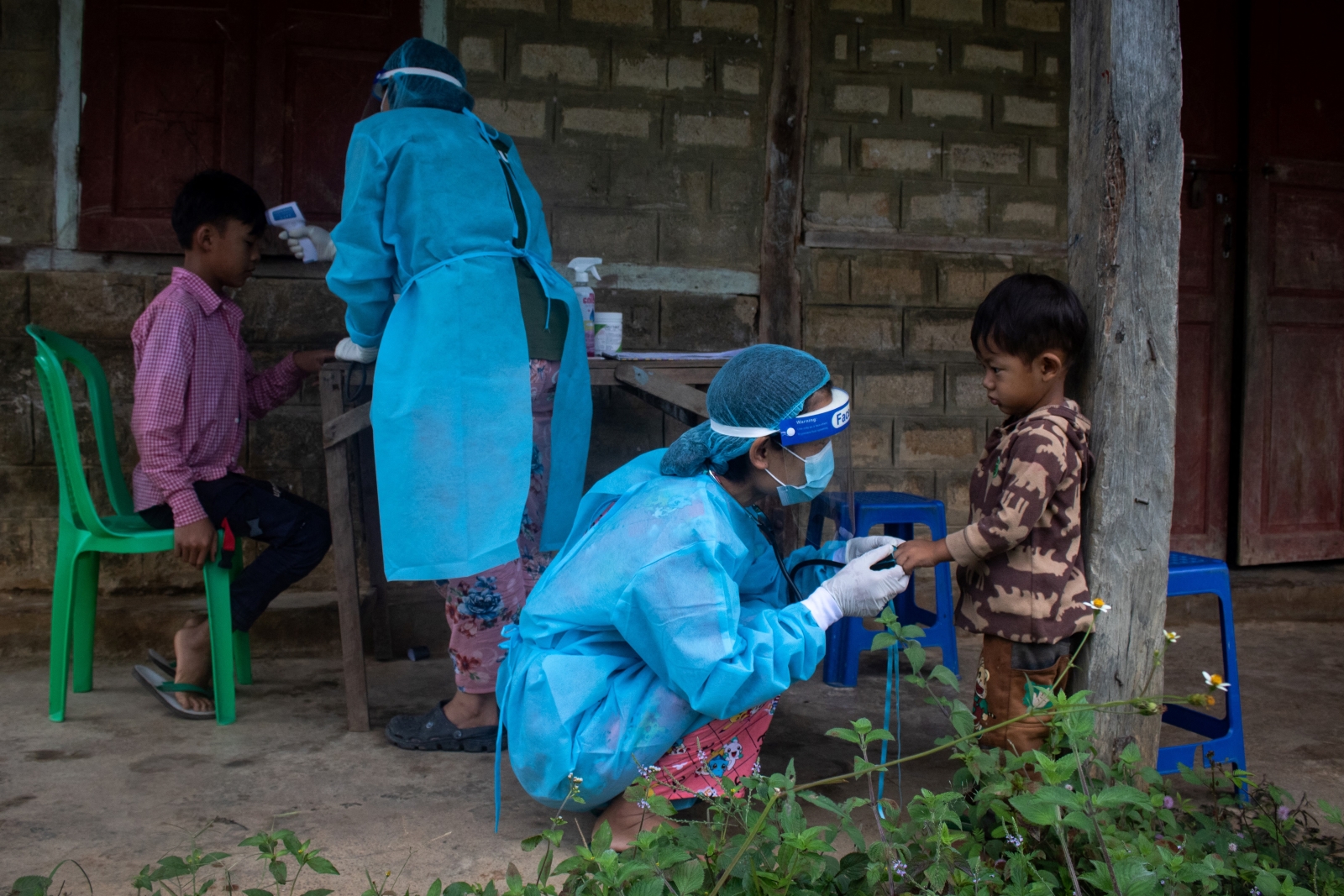It is unlikely that Myanmar will see a more favourable climate for peacemaking for some years to come.
By RENATA LOK-DESSALLIEN
ON THE morning of August 31st, I had the honor of attending the opening session of the Union Peace Conference—21st Century Panglong Nay Pyi Taw. As the nation’s top leaders from government, Tatmadaw, parliament and ethnic armed organisations, as well as the UN Secretary-General, each took to the podium, there was an inescapable feeling of being part of an historic moment.
This moment, shared by millions of viewers following the live broadcast on television, was a glimpse of a very real possibility that Myanmar will finally find its pathway to lasting peace across the land. The path ahead is uncertain, but the nation’s collective yearnings for such a break-through have been raised to the highest point in many years.
Today, September 21st, is the United Nations’ official International Day of Peace. It is a useful moment to reflect upon the ideal of peace both within and among all nations and peoples, as well as to contemplate Myanmar’s own prospects for lasting peace. This day was established in 1981 by the United Nations General Assembly, and every year on this day around the world the UN partners with host governments and others to promote sustainable peace.
In very few places will the 2016 International Day of Peace have as much resonance as in Myanmar. This resonance comes, in part, because of the very painful toll taken by the conflict on Myanmar’s people over more than sixty years of conflict – one of the world’s longest running civil wars.
Support more independent journalism like this. Sign up to be a Frontier member.
Tens of thousands dead, hundreds of thousands internally displaced or refugees, and untold numbers of incidents, large and small, of injustices, indignities and suffering. For those that have lived it first hand, there can be no denying the age-old adage that “war is hell”. Yet one of the oddities of this current phase of the armed conflict is that for many citizens in Yangon, and some States and Regions, this hell is all but invisible, and a distant murky alternative reality.
Yet the cost of Myanmar’s long-running conflict since independence is all too real. The hardest hit see their sons and daughters killed or maimed in battle; others are forced to flee their homes at a moment’s notice. But all of Myanmar’s people suffer very real consequences in perhaps less obvious ways.
One of the consequences is related to how Myanmar’s limited financial resources are utilised. Fighting a war, wherever it may be, requires a tremendous investment, and Myanmar is no exception. When one considers the totality of the war and its costs, it is clear that sixty years of armed conflict is a drain on the people of Myanmar. At the same time, the hard reality for Myanmar is that it is also among the lowest tier of nations on UNDP’s Human Development Index – placing 148th out of 188 countries in 2015.
Simply put, far too many people live in abject poverty without means to earn a decent living or sufficient access to basic services such as health care and education. Far too many mothers die giving birth and far too many children die at an early age of preventable diseases. We do not see the school or health clinic not built, but the consequences of these gaps are very real. On a fundamental level Myanmar needs to find a way to shift more of its resources away from armed conflict and into lifting the country out of poverty. Achieving peace is a critical step on this path.
Looking ahead, there is much to be optimistic about. I am constantly struck by the Myanmar peoples’ resilience, lack of desire for revenge and retribution, and admirable drive to move the nation forward. The pace of change in Yangon, and in other parts of the country, in recent years is staggering, and the boom of vehicles, mobile telephones, buildings and businesses is very visible. Myanmar was one of the world’s fastest growing economies in 2015. As international actors move to normalise relations with Myanmar this will open the way for still stronger economic growth.
But Myanmar will never be able to achieve its full potential without an end to the long-running conflicts that afflict different parts of the country. History gives us very few examples of nations being able to achieve stability and prosperity while also fighting an internal conflict.
In recent weeks the South American nation of Colombia, which has fought a decades-long civil war of its own, signed a peace treaty with rebel forces. This was a conflict which many had labelled intractable. But ultimately, all sides gradually came to realise that a decisive military victory was simply not achievable, and there were only two paths to choose from; to condemn the country to perpetual war or to seek a negotiated political settlement. They had the wisdom to choose the latter.
Looking back over more than six decades of war in Myanmar, a stock-taking of lost opportunities is sobering. How many families became mired in poverty due to the loss of a breadwinner or being forced to relocate? How many miles of road or power lines were not built that would have opened up the economies of rural areas? How many children grew up without access to education and today struggle as adults to find a role in a modernising economy? What would Myanmar look like today if an earlier generation of leaders had been able to avoid the war altogether?
These are difficult reflections, but let us not leave our children and grandchildren to make the same reflections about us – and what would have happened if a political settlement had been reached.
It is unlikely that Myanmar will see a more favourable climate for peacemaking for some years to come. It is important to recognise and embrace these moments in which a complex set of national and international factors align to create a situation that is genuinely ripe for peace.
But peace will not make itself, and Myanmar’s leaders, with international support, must be bold and creative in crafting inclusive and sustainable solutions to bring this long and difficult chapter of armed conflict to an end.
Renata Lok-Dessallien is the United Nations Resident Coordinator for Myanmar.







